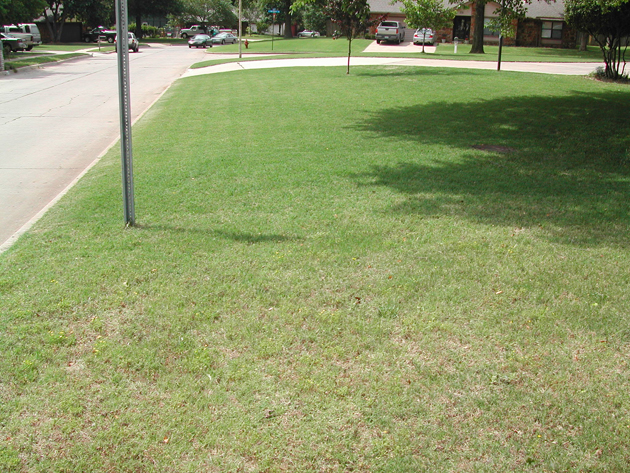Breathe Easy, Texas Lawns: Unveiling the Optimal Timing for Liquid Aeration
The scorching Texas sun can wreak havoc on your lawn, leading to compacted soil, stifled root growth, and ultimately, an unhealthy, lackluster appearance. While core aeration has traditionally been the go-to solution, liquid aeration is emerging as a gentler, more efficient alternative. But what is the best timing for liquid aeration for your Texas lawn for maximum benefit? Abracadabra Lawn Pest & Weed Control dives deep to answer this crucial question and help you achieve a lush, thriving green space year-round.

Understanding Liquid Aeration:
Unlike core aeration, which physically removes plugs of soil, liquid aeration utilizes a specially formulated solution applied to your lawn. This solution contains surfactants and bio-stimulants that:
- Loosen compacted soil: The surfactants break down surface tension, allowing water, air, and nutrients to penetrate deeper into the root zone.
- Promote root growth: Bio-stimulants encourage strong, healthy root development, leading to improved nutrient uptake and overall lawn health.
- Reduce thatch buildup: Thatch, a layer of dead organic matter, can impede water and nutrient flow. Liquid aeration helps decompose thatch, promoting a healthier soil environment.
Texas Climate: A Balancing Act:
While liquid aeration offers numerous benefits, the ideal timing depends on your specific location within Texas and the unique characteristics of your lawn. Here’s a breakdown of the key factors to consider:
Warm-Season Grasses:
Most Texas lawns consist of warm-season grasses like Bermuda, St. Augustine, and Zoysia. These grasses experience active growth during the warmer months (roughly April to October). Therefore, the best time for liquid aeration falls within this window:
- Early Spring (March-April): Before the intense summer heat sets in, this timing allows your lawn to recover and establish strong roots before peak growing season.
- Early Fall (September-October): As summer heat subsides, fall aeration promotes root development and prepares your lawn for winter dormancy.
Cool-Season Grasses:
If you have cool-season grasses like Kentucky Bluegrass or Ryegrass, their active growth period occurs during the cooler months (roughly November to March). For these grasses, consider liquid aeration in:
- Early Fall (September-October): This allows your lawn to benefit from improved aeration and root growth throughout the fall and winter months.
- Late Winter (February-March): Just before spring growth begins, aeration helps stimulate healthy root development for the upcoming season.
Additional Factors:
- Soil Conditions: Heavier clay soils benefit from aeration more frequently than sandy soils. Consult a lawn care professional like Abracadabra to assess your specific soil type and recommend the optimal timing.
- Weather Patterns: Avoid aerating during periods of extreme heat or drought, as this can stress your lawn further. Opt for moderate temperatures and adequate rainfall for optimal results.
Abracadabra Lawn: Your Partner in a Thriving Texas Lawn:
At Abracadabra Lawn Pest & Weed Control, we understand the unique challenges of maintaining a healthy lawn in the diverse Texas climate. Our team of experienced professionals offers comprehensive services, tailored to your specific lawn type, soil conditions, and geographical location.
Contact us today for a free consultation! We’ll assess your lawn’s needs and recommend the perfect timing for liquid aeration to ensure your Texas green space breathes easy and flourishes throughout the year.
